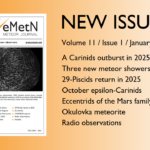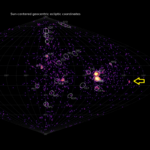Abstract: An overview of the radio observations during June 2024 is given.
The graphs show both the daily totals (Figure 1) and the hourly numbers (Figure 2) of “all” reflections counted automatically, and of manually counted “overdense” reflections, overdense reflections longer than 10 seconds and longer than 1 minute, as observed here at Kampenhout (BE) on the frequency of our VVS-beacon (49.99 MHz) during the month of June 2024.
The hourly numbers, for echoes shorter than 1 minute, are weighted averages derived from:

Local interference and unidentified noise remained quite low for most of the month. Weak to moderate lightning activity was detected on 5 different days, but on June 29 at 15h59m UT there was a lightning strike at very short distance from our observation station, causing significant electrical damage in the wider area. Fortunately, our meteor registration continued to work on 49.99 MHz.
The Sun also remained quite active, with powerful eruptions almost daily, mostly of type III (Figure 3).
On June 19th between 09h45m and 11h14m UT the beacon was disabled due to maintenance work.
The meteor activity was mainly dominated by the daytime showers. If we compare the different graphs, we can see quite clearly the structure of the different showers: the maxima of the long-lasting reflections (and therefore more massive meteoroids) certainly do not coincide with those of the short-lived ones that make up the bulk of the total number of reflections.
During the entire month, 11 reflections longer than 1 minute were recorded. A selection of these, along with some other interesting reflections is included (Figures 4 to 18). More of these are available on request.
In addition to the usual graphs, you will also find the raw counts (subject to strict reservations as previously said) in cvs-format from which the graphs are derived. The table contains the following columns: day of the month, hour of the day, day + decimals, solar longitude (epoch J2000), counts of “all” reflections, overdense reflections, reflections longer than 10 seconds and reflections longer than 1 minute, the numbers being the observed reflections of the past hour.
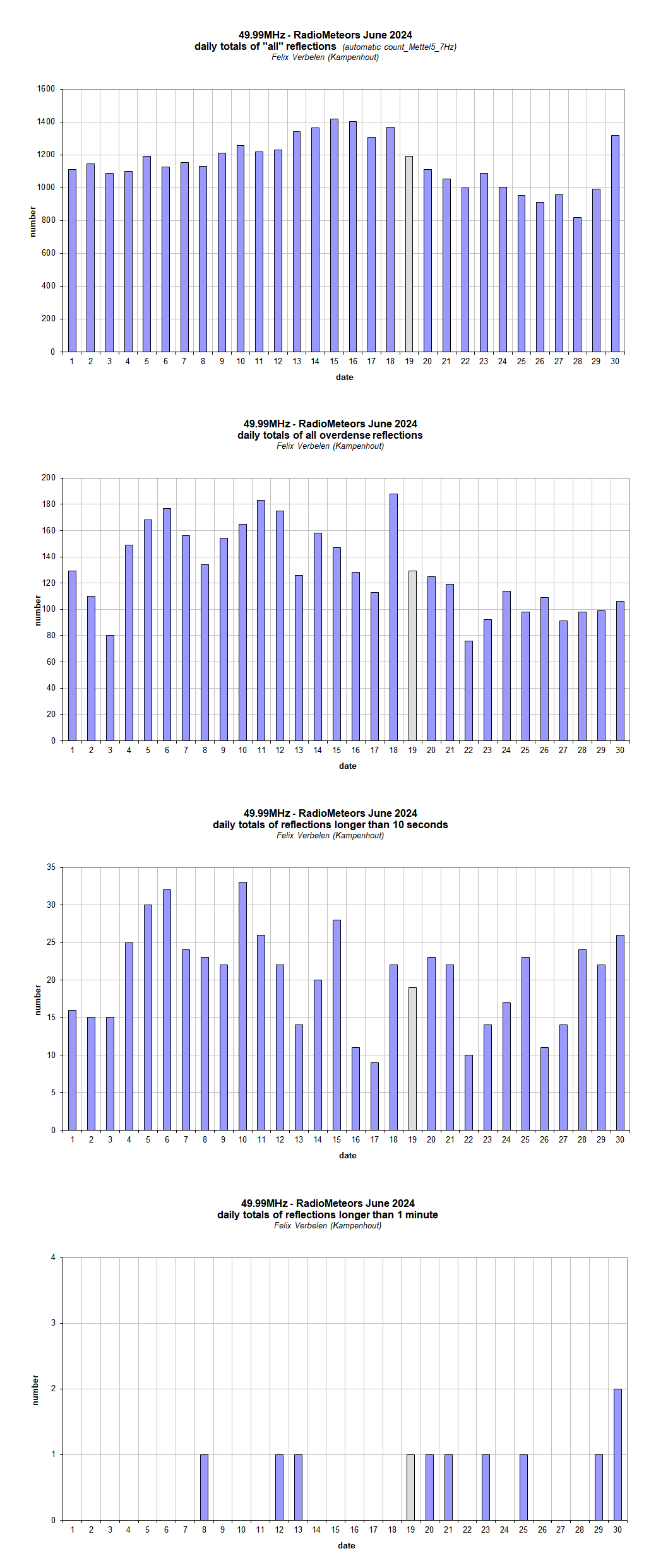
Figure 1 – The daily totals of “all” reflections counted automatically, and of manually counted “overdense” reflections, as observed here at Kampenhout (BE) on the frequency of our VVS-beacon (49.99 MHz) during June 2024.
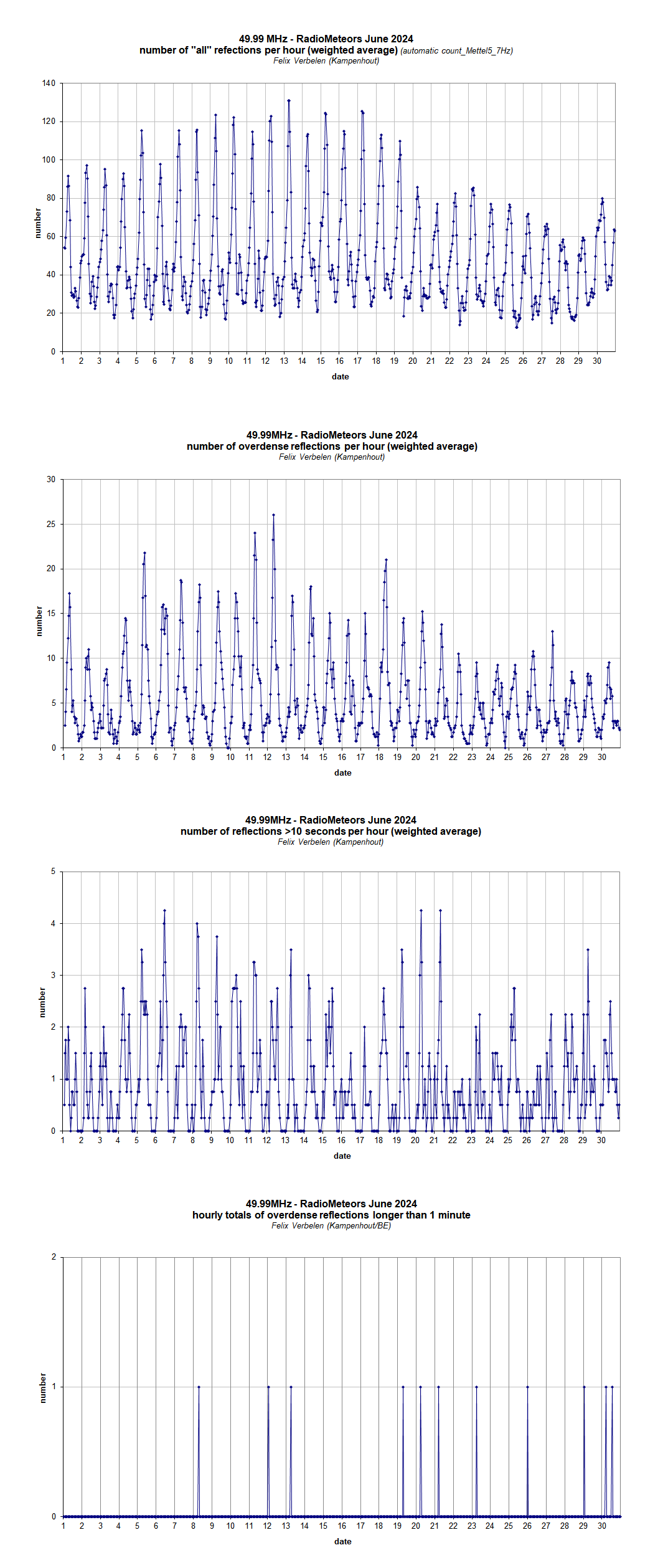
Figure 2 – The hourly numbers of “all” reflections counted automatically, and of manually counted “overdense” reflections, overdense reflections longer than 10 seconds and longer than 1 minute, as observed here at Kampenhout (BE) on the frequency of our VVS-beacon (49.99 MHz) during June 2024.
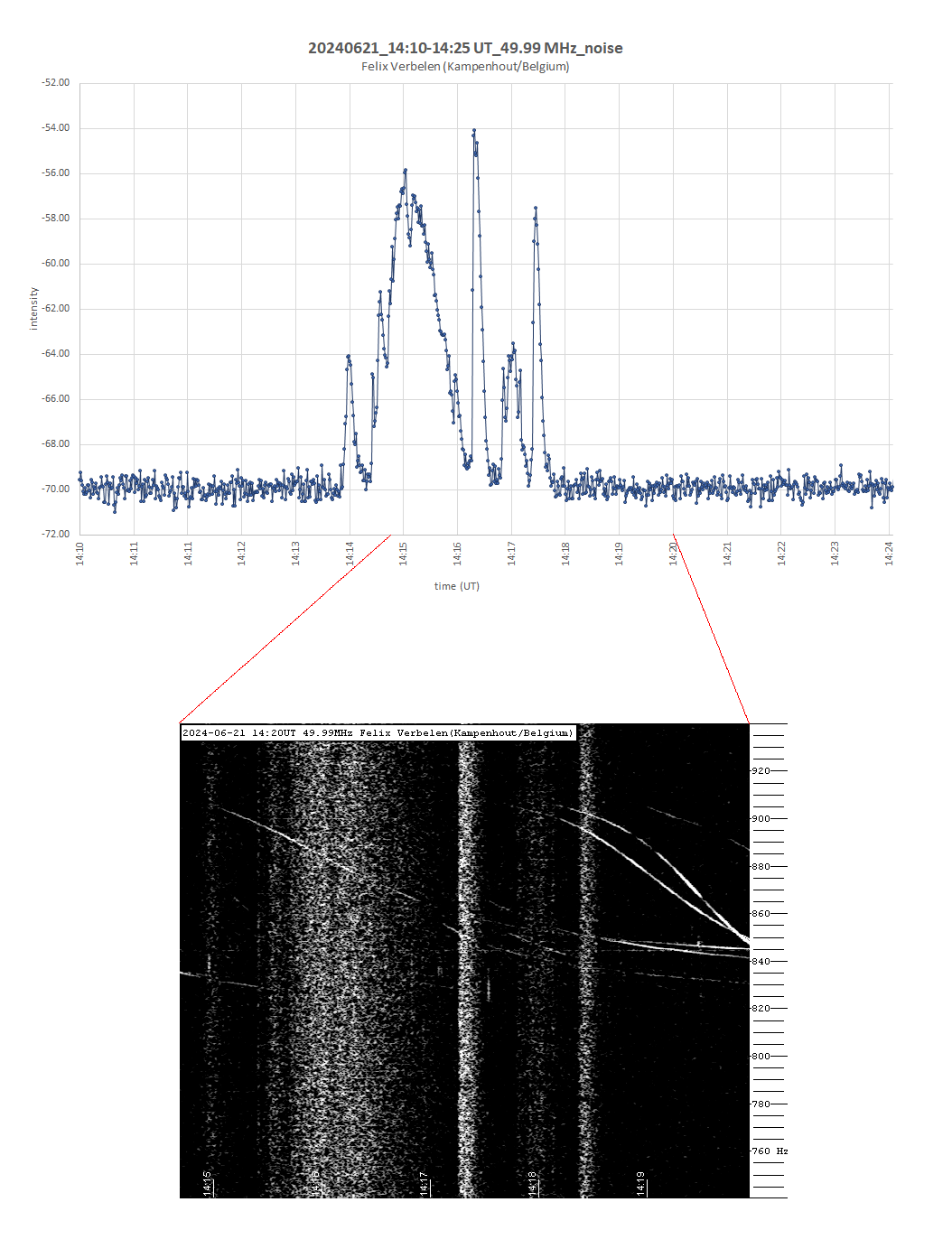
Figure 3 – Powerful eruption of the Sun on June 21st.
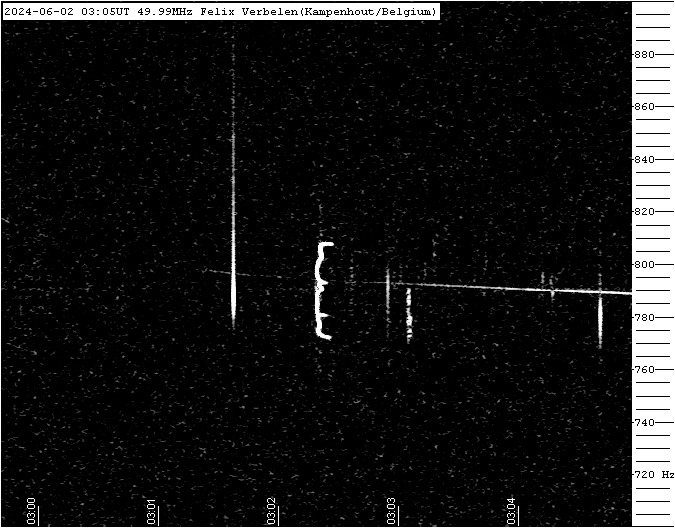
Figure 4 – Meteor echoes June 2, 03h05m UT.
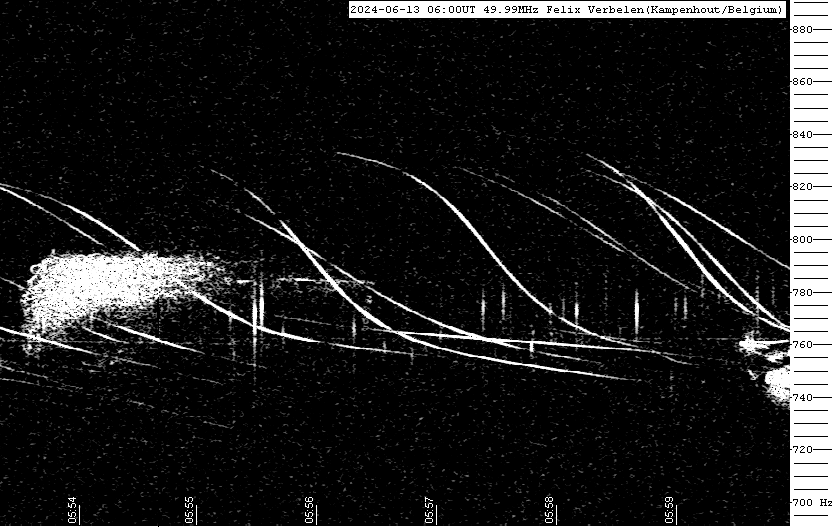
Figure 5 – Meteor echoes June 13, 06h00m UT.
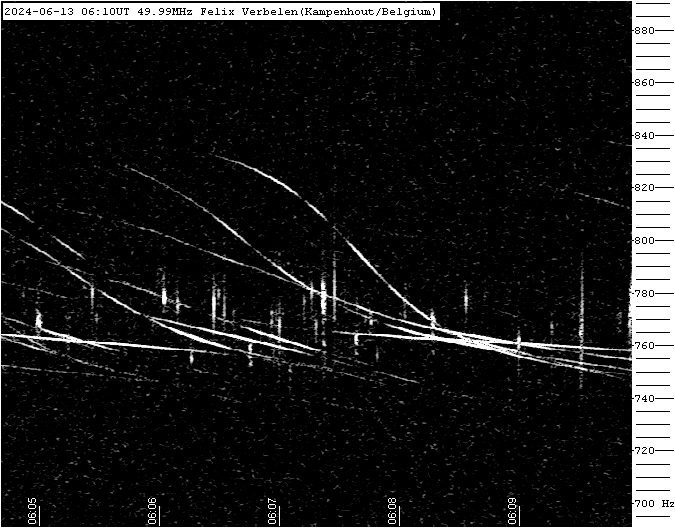
Figure 6 – Meteor echoes June 13, 06h10m UT.
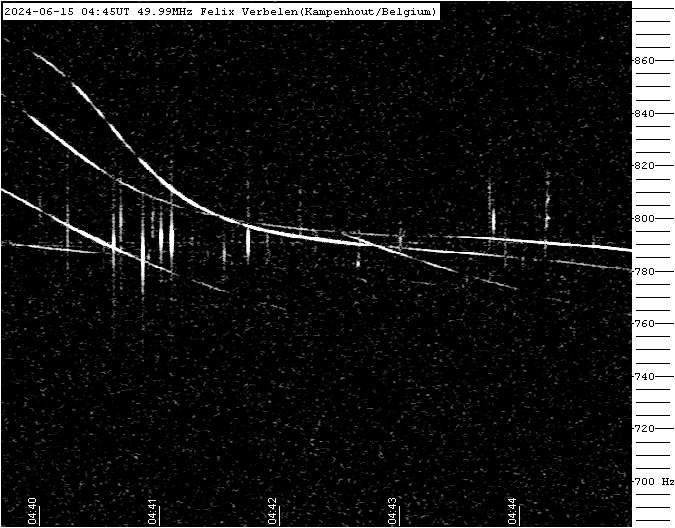
Figure 7 – Meteor echoes June 15, 04h45m UT.
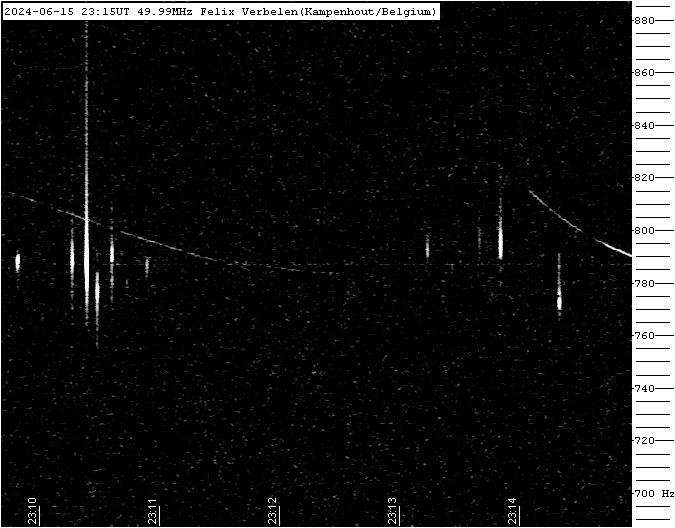
Figure 8 – Meteor echoes June 15, 23h15m UT.
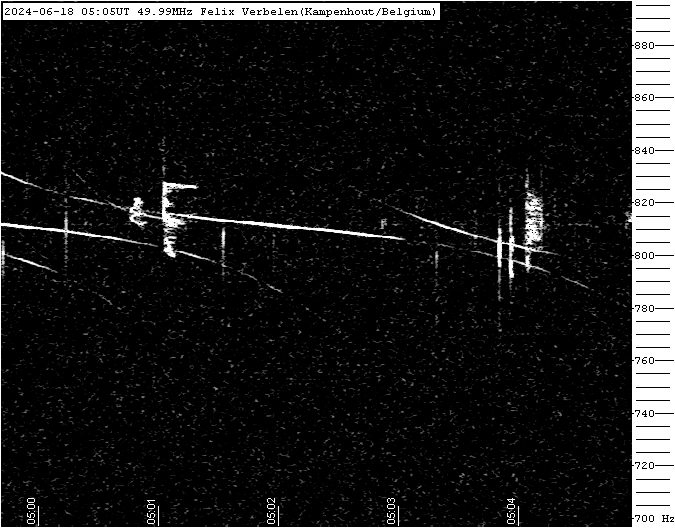
Figure 9 – Meteor echoes June 18, 05h05m UT.
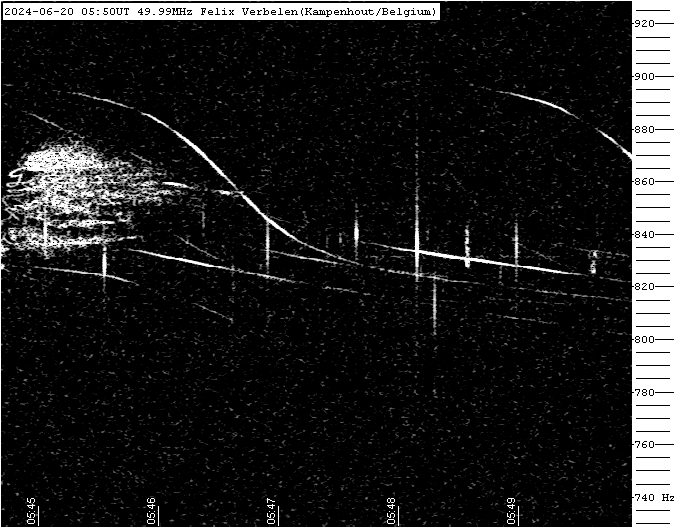
Figure 10 – Meteor echoes June 20, 05h50m UT.
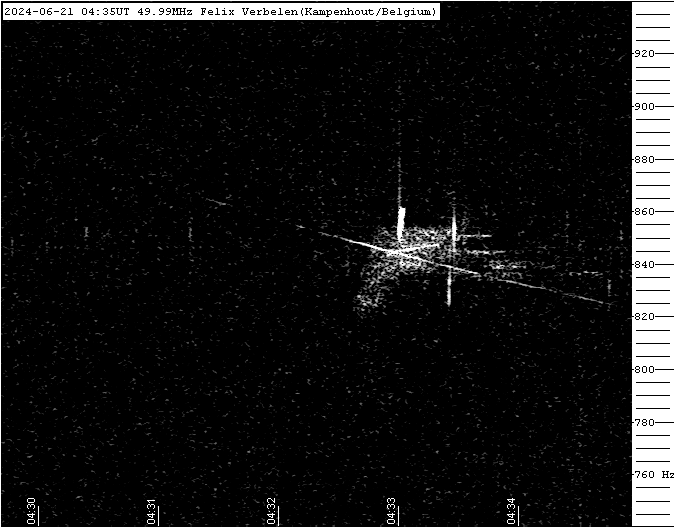
Figure 11 – Meteor echoes June 21, 04h35m UT.
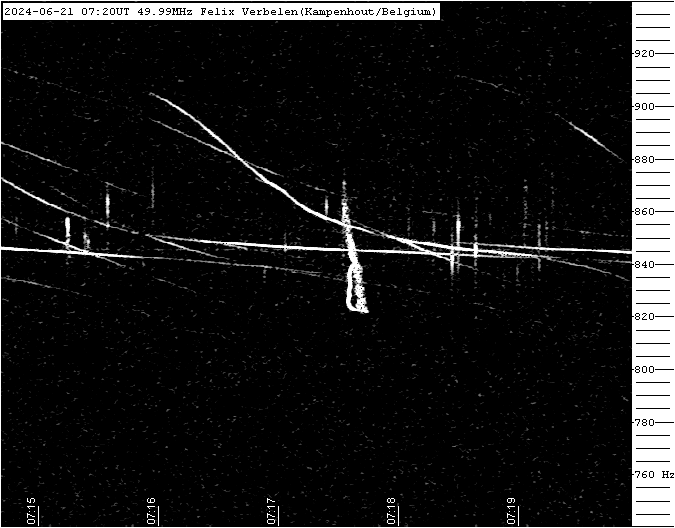
Figure 12 – Meteor echoes June 21, 07h20m UT.
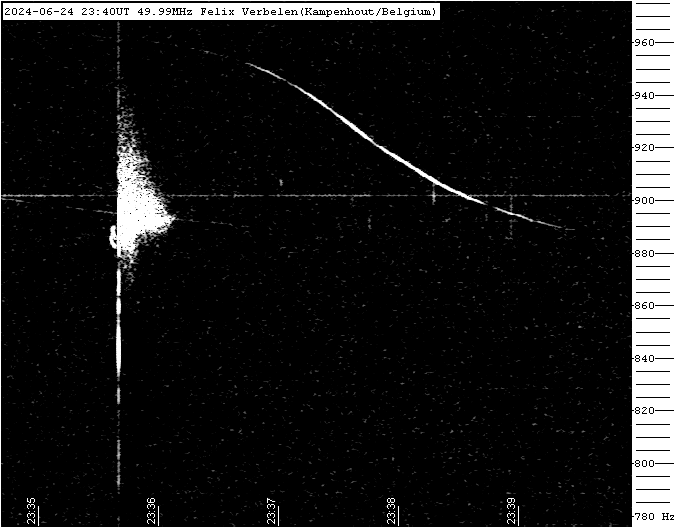
Figure 13 – Meteor echoes June 24, 23h40m UT.
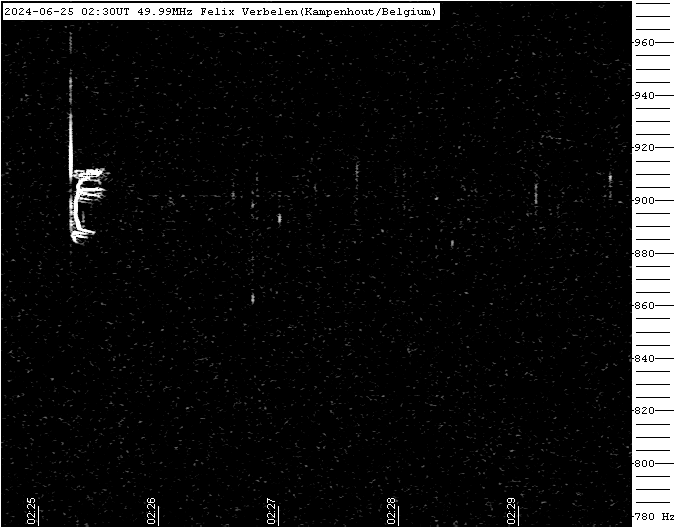
Figure 14 – Meteor echoes June 25, 02h30m UT.
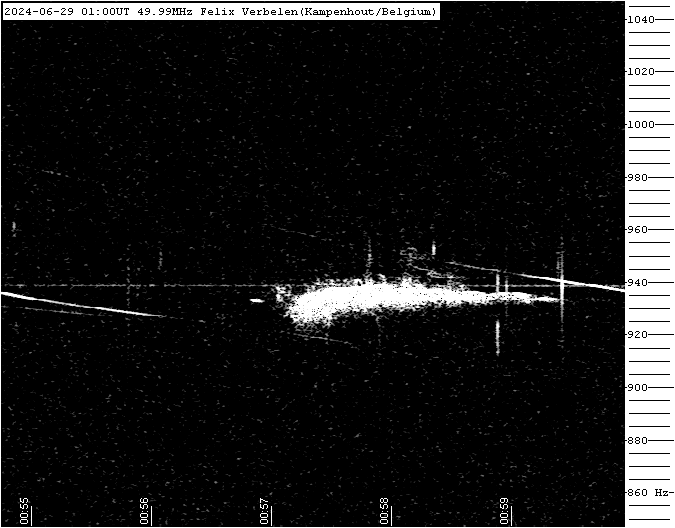
Figure 15 – Meteor echoes June 29, 01h00m UT.
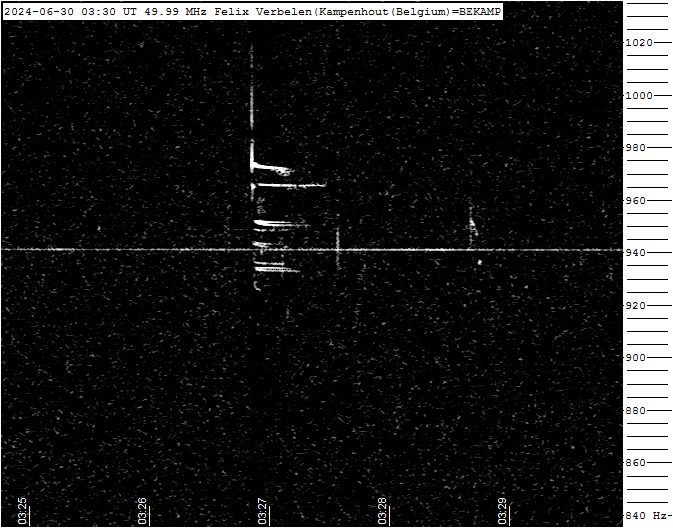
Figure 16 – Meteor echoes June 30, 03h30m UT.
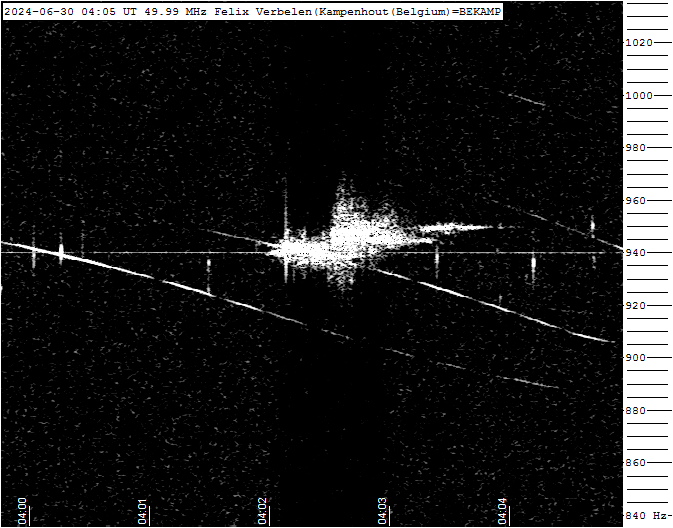
Figure 17 – Meteor echoes June 30, 04h05m UT.
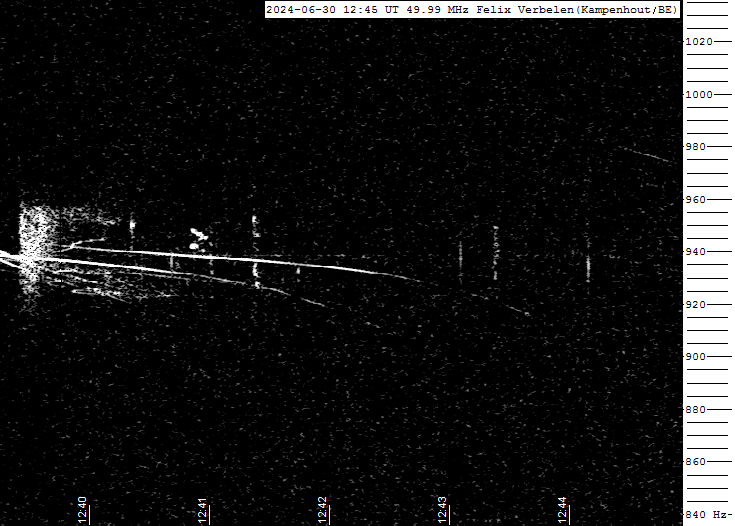
Figure 18 – Meteor echoes June 30, 12h45m UT.


